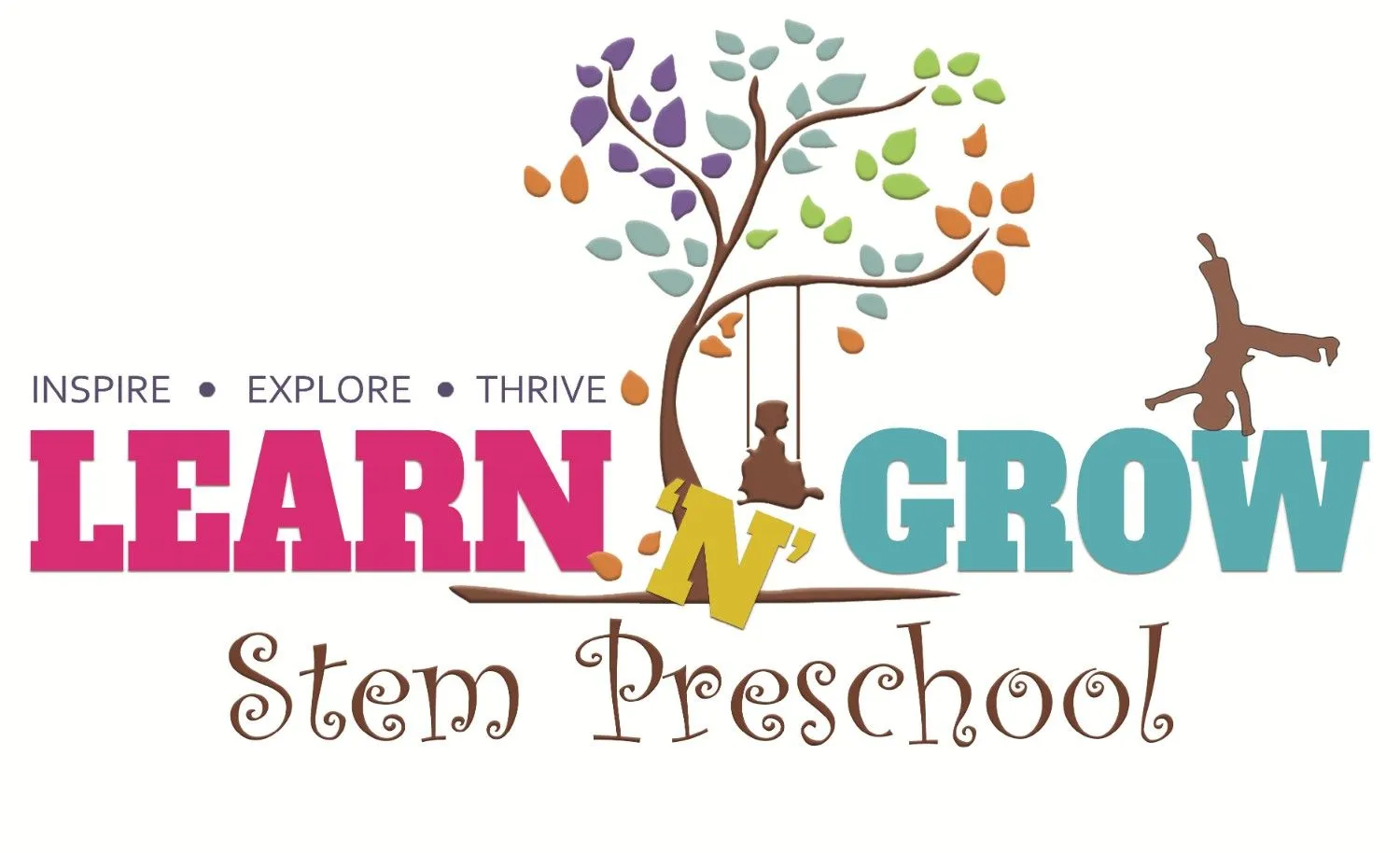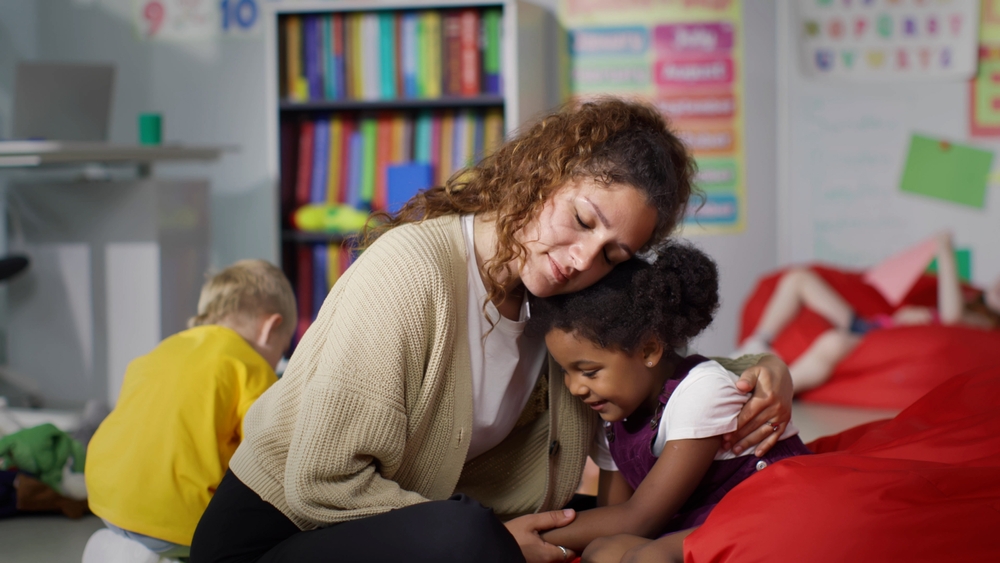You know what? I never thought I’d be writing about breathing exercises and meditation with three-year-olds, but here we are. It’s been six months since we started doing these “calmness activities” at our preschool, and honestly, the changes I’ve seen in these kids are pretty incredible.
So there I was last Thursday, watching little Jake have a complete meltdown because someone took his favorite red crayon. Normally, this would’ve turned into a twenty-minute drama with tears, screaming, and probably another kid joining in. But instead, I knelt next to him and said, “Hey Jake, let’s do our superhero breathing.” And you know what? Within three minutes, he was calm and shared his crayons with the other kids.
My colleague Maria looked at me and whispered, “I still can’t believe this stuff works.” Neither could I when we first started, but a preschool is the perfect place for a child to develop calmness with simple mindfulness activities.
Why I Started Caring About Kids’ Stress Levels:
Honestly, I used to think stress was just an adult thing. Kids play, they laugh, they’re happy, right? Wrong. After twelve years of working with preschoolers, I started noticing more and more kids coming in wound up tighter than a spring. They couldn’t sit still, couldn’t focus, and seemed anxious about everything.
My mom, who’s been a kindergarten teacher for thirty years, mentioned this to me over Sunday dinner. “Don’t neglect the child’s emotional needs,” she said. “These days, even the little ones are carrying too much.” That conversation stuck with me, and I started looking into what we could do differently at what parents often call the best preschool in Frisco Texas.
The Simple Stuff That Works:
The Teddy Bear Breathing Thing:
Okay, so this sounds silly, but we give each kid a small stuffed animal to put on their belly while they lie down. They watch it go up and down as they breathe. I swear, it’s like magic. Even Tommy, who couldn’t sit still for two seconds, now asks for “teddy bear time” when he’s feeling overwhelmed.
Last week, his mom picked him up and said, “Oh, I never thought a preschool would have these kinds of activities that benefit my child.” She told me he’s been doing this at home before bedtime, and it’s helping him sleep better.
The Listening Game:
We’ll have the kids close their eyes and just listen. “What do you hear?” I’ll ask. At first, they’re all over the place – “I hear cars! I hear my tummy!” But after a few weeks, they get good at it. Sarah, who works in the room next to mine, says she can hear the difference – our classroom is noticeably quieter during these activities.
The Body Check-In:
This one’s my favorite. We pretend we’re detectives investigating our bodies. “Let’s check on your shoulders – are they tight or loose?” The kids love it, and it teaches them to pay attention to how they’re feeling physically.
What Parents Are Saying:
Rebecca, whose daughter Emma comes to us, was pretty skeptical at first. “I mean, meditation for four-year-olds? Really?” But three months later, she’s singing a different tune. “Well, now I get what they are doing,” she told me. Emma now uses these techniques at home when she’s frustrated with her little brother.
Then there’s Michael’s dad, who was worried about leaving his son at preschool because Michael had such bad separation anxiety. The fear of leaving kids at preschool is real for a lot of parents. But after seeing how these activities helped Michael cope with his feelings, Dad went from worried to completely trusting what we’re doing here.
The Real Changes I’m Seeing:
Look, I’m not saying these activities are some miracle cure, but the differences are noticeable. Kids who used to have meltdowns every day are now able to calm themselves down. The classroom feels more peaceful. Even during our busiest times, there’s this underlying sense of calm that wasn’t there before.
My friend Jessica, who teaches at one of the other best preschools in Frisco, visited our class last month. She couldn’t believe how the kids handled a fire drill. No panic, no tears – they just went through their breathing exercises and followed instructions calmly.
Making It Work at Home Too:
Here’s the thing – this stuff only works if it’s consistent. So we started sending home little activity sheets for parents. Nothing fancy, just simple reminders about doing breathing exercises during car rides or before meals.
My sister Kelly tried these with her twins after I told her about them. She was dealing with constant bedtime battles, and honestly, she was desperate. “I’m pretty sure this works better than anything else we’ve tried,” she told me after two weeks.
The Science Part (But in Regular Words):
I’m not a scientist, but I’ve read enough to know that these activities help kids’ brains develop better emotional control. When we teach them to pause and breathe before reacting, we’re helping their brains grow stronger in the areas that manage emotions.
Dr. Martinez, who consults with several best preschools near McKinney, explained it to us parents during a workshop. Kids who learn these skills early tend to do better in school and have fewer behavior problems later on.
The Everyday Reality:
Not every day is perfect, don’t get me wrong. Sometimes the kids are too wound up, or they’re not in the mood, or someone’s having a rough day. But overall, these activities have become such a natural part of our routine that the kids actually ask for them.
Yesterday, five-year-old Sophia told her mom, “We learned about calm breathing today, and it made my mad feelings go away.” That’s the kind of feedback that makes this job worth it.
Where We Go From Here:
We’re still learning and adjusting our approach. What works for one group of kids might not work for another. But I’m convinced that teaching calmness should be part of every preschool education Frisco program.
The honest truth? I had doubts whether it would work or not when we first started. But seeing these kids develop real skills for managing their emotions has convinced me that we’re on the right track.
Conclusion:
Teaching calmness isn’t about creating perfect little robots who never get upset. It’s about giving kids tools to handle their big feelings in healthy ways. As someone who works at what many consider the best preschool in Frisco Texas, I can tell you that these simple mindfulness activities are making a real difference in our kids’ lives.
If you’re looking for a preschool that cares about your child’s emotional development as much as their academic growth, find one that incorporates these kinds of activities. We’ve found that programs like those at Learn N Grow STEM Preschool understand that educating the whole child – mind, body, and emotions – sets them up for success in ways that go far beyond just knowing their ABCs and 123s.
Every kid deserves to feel calm and confident, and sometimes all it takes is teaching them how to breathe.

